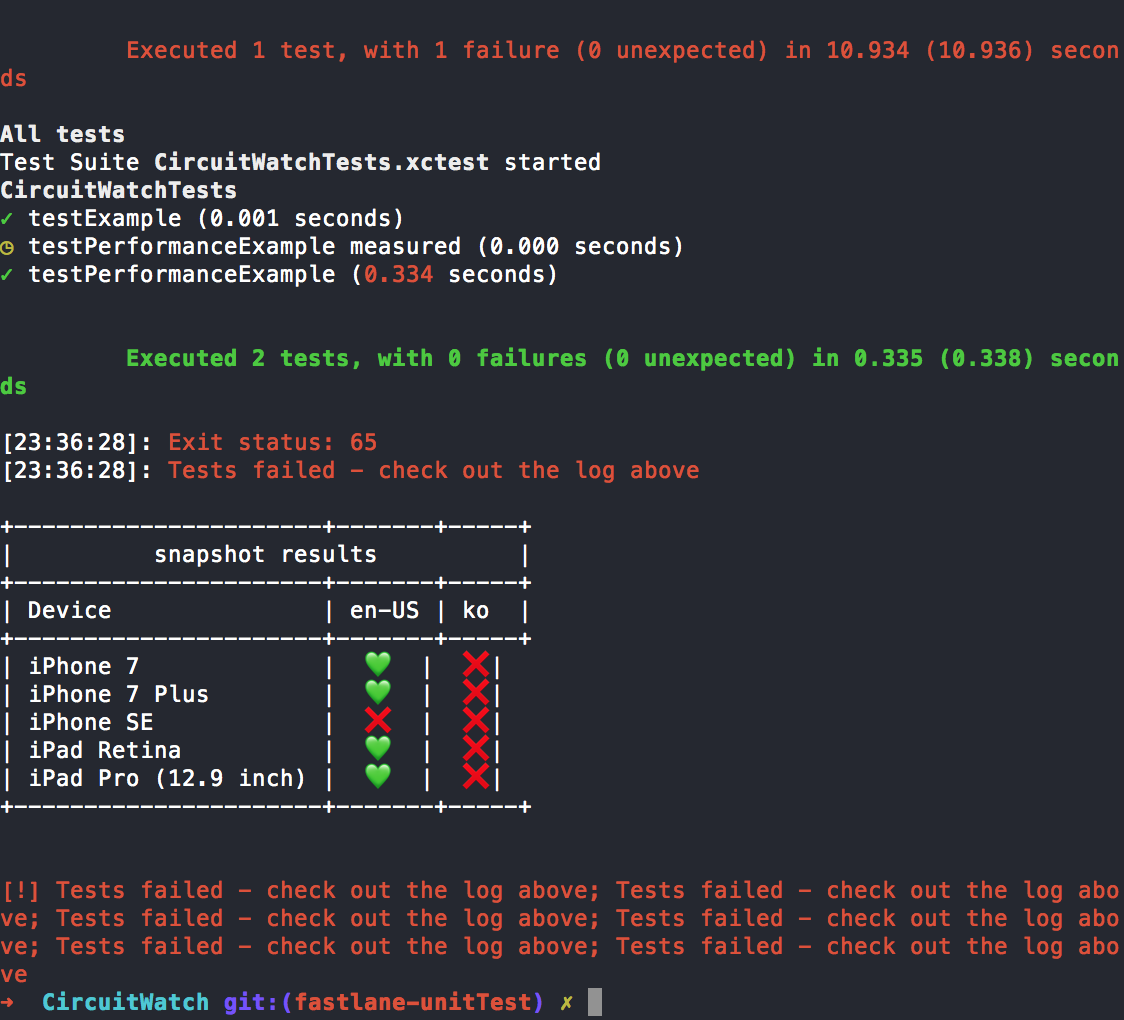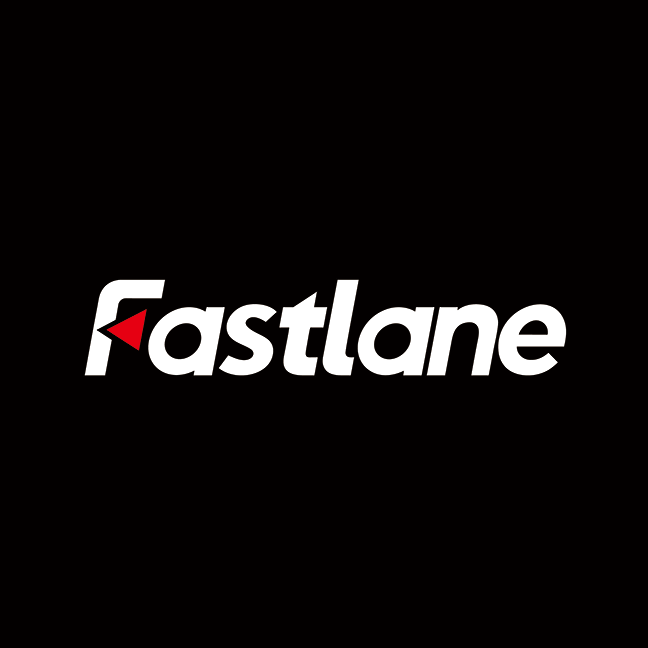
- #Fastlane ios how to
- #Fastlane ios install
- #Fastlane ios update
- #Fastlane ios code
- #Fastlane ios download
So, in very simple terms for non-DevOps engineers like me, working in a big enterprise company usually means that there’s at least one proxy server sitting between you-the developer-and the outside world, aka The Internet. If, my unlucky friend, phrases like company proxy and company firewall sound familiar, then you may find the rest of the article useful. If you’re one of the lucky devs who can just “connect to Internet directly”™️, you may as well just skip this article and get back to enjoying Getting Things Done. Specifically those Fastlane actions that need a connection to external URLs.
#Fastlane ios how to
What this article really centers on is how to use Fastlane while working in an enterprise environment. It’s always been (and I hope will continue to be) an open-source product.įastlane is a collection of tools that help you automate all aspects of mobile development, such as creating new app IDs in the developer portal and managing provisioning profiles building, testing and packaging apps and distributing apps to the App Store. Gemfile.In case you were wondering, no - Fastlane doesn’t have an enterprise offering. This will clearly define the used fastlane version, and its dependencies, and will also speed up using fastlane. It is recommended that you use a Gemfile to define your dependency on fastlane. You can find your shell profile at ~/.bashrc, ~/.bash_profile, ~/.profile or ~/.zshrc depending on your system. In your shell profile add the following lines: export LC_ALL=en_US.UTF-8 In particular, having your locale not set to a UTF-8 locale will cause issues with building and uploading your build. Set up environment variablesįastlane requires some environment variables set up to run correctly. Check out Authenticating with Apple services to learn the best ways to authenticate, catered for your specific use case.
#Fastlane ios code
Generate localized iOS screenshots for the App Storeĭo note that if the automation you're building requires connectivity with Apple's servers, such as for code signing when building your app, or uploading your app to the App Store Connect, and so on, you will need to authenticate.Now you can go ahead and customise fastlane to generate screenshots, or automatically distribute new builds, and much, much more. What's next?įastlane created all the required files for you. The most interesting file is fastlane/Fastfile, which contains all the information that is needed to distribute your app.
#Fastlane ios download
If you chose to download the existing app metadata, you'll end up with new folders that look like this: See Fastlane.swift docs for more information.ĭepending on what kind of setup you choose, different files will be set up for you. To have your Fastfile configuration written in Swift (Beta) fastlane init swift To get more information check company_name description in the Create app documentation.

Note that if you want to create your first app on your App Store Connect account, you need to set the developer name ( company_name) with PRODUCE_COMPANY_NAME environment variable: PRODUCE_COMPANY_NAME="YOUR COMPANY NAME" fastlane init Navigate your terminal to your project's directory and run fastlane init Using sudo often occurs unwanted results later due to file permission and makes managing your environment harder.
#Fastlane ios install
This is not recommended for your local environment, but you can still install fastlane to system Ruby's environment. System Ruby + RubyGems (macOS/Linux/Windows) This way, you don't have to install Ruby separately, and instead homebrew installs the adequate Ruby version for fastlane.
#Fastlane ios update

This will clearly define the fastlane version to be used and its dependencies, and will also speed up fastlane execution.

It is recommended that you use Bundler and Gemfile to define your dependency on fastlane. Verify which Ruby version you're using: $ ruby -version For macOS and Linux, rbenv is one of the most popular ways to manage your Ruby environment.įastlane supports Ruby versions 2.5 or newer. There is a variety of ways to install Ruby without having to modify your system environment. If you use macOS, system Ruby is not recommended. Managed Ruby environment + Bundler (macOS/Linux/Windows)

It is possible to use macOS's system Ruby, but it's not recommended, as it can be hard to manage dependencies, and causes conflicts. fastlane can also be installed directly through with Homebrew (if on macOS). Getting started with fastlane for iOS Setup Xcode for fastlane Xcode command line tools (macOS) xcode-select -installįastlane can be installed in multiple ways.


 0 kommentar(er)
0 kommentar(er)
